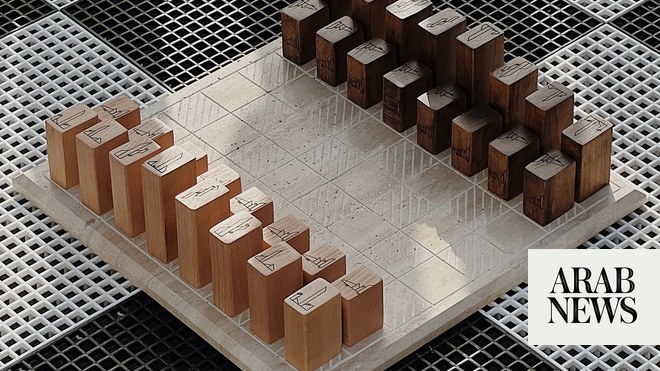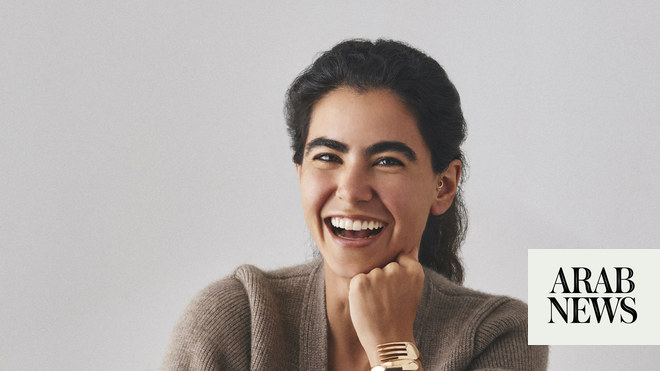
DUBAI: Syrian designer Sandra Boutros discusses her wooden chess set, featuring elements inspired by Arabic calligraphy and architecture.
For the latest updates, follow us on Instagram @arabnews.lifestyle
Before I started producing this piece, I was walking in Old Damascus when I came across a tiny wood workshop. I asked the carpenter if we could work on a design I had in mind. While doing the handiwork, I realized how beautiful it was working with wood. It gave us so many possibilities and so much depth to the piece. I felt it was a really authentic and fluid material; its veins and colors just complimented the artwork. When you work with metal, it’s much easier to get it heated and get the curves. But with wood, it is much harder to get this fluidity.
As a child, I played a lot of chess. I find the game interesting in general and it requires a lot of thought. I was thinking about the typical chess sets. There are modern designs, which I like and respect, but, for me, chess is really an Arabic game. I always played it using Arabic terminology. So I thought, “Why not combine language and design, just to add another layer of complexity?”
Since I come from an architecture background, I tried to connect the hierarchy of the chess characters, which are made of beech wood, with building heights. I needed to keep the linear form, that’s why I tried to relate it to skyscrapers. For the Arabic names of each character, I designed and engraved them in an abstract form that isn’t easy to read.
I wanted the board itself to have some earthy material — as if the characters are emerging from the earth. That’s why I chose travertine stone. I had different forms of travertine — some had less holes and were perfectly made, but I wanted natural-looking ones with all their imperfections.
I designed this piece less than two years ago. I started with some hand sketches and then I made a 3D model and finalized the size of the font. Then, we jumped into production, which happens sometimes in Damascus and sometimes in Dubai. The first set was made in Damascus. I really enjoyed it, because we really have to give back to our community. I really appreciate the handicrafts that we have in our region and, unfortunately, they’re not always valued.












